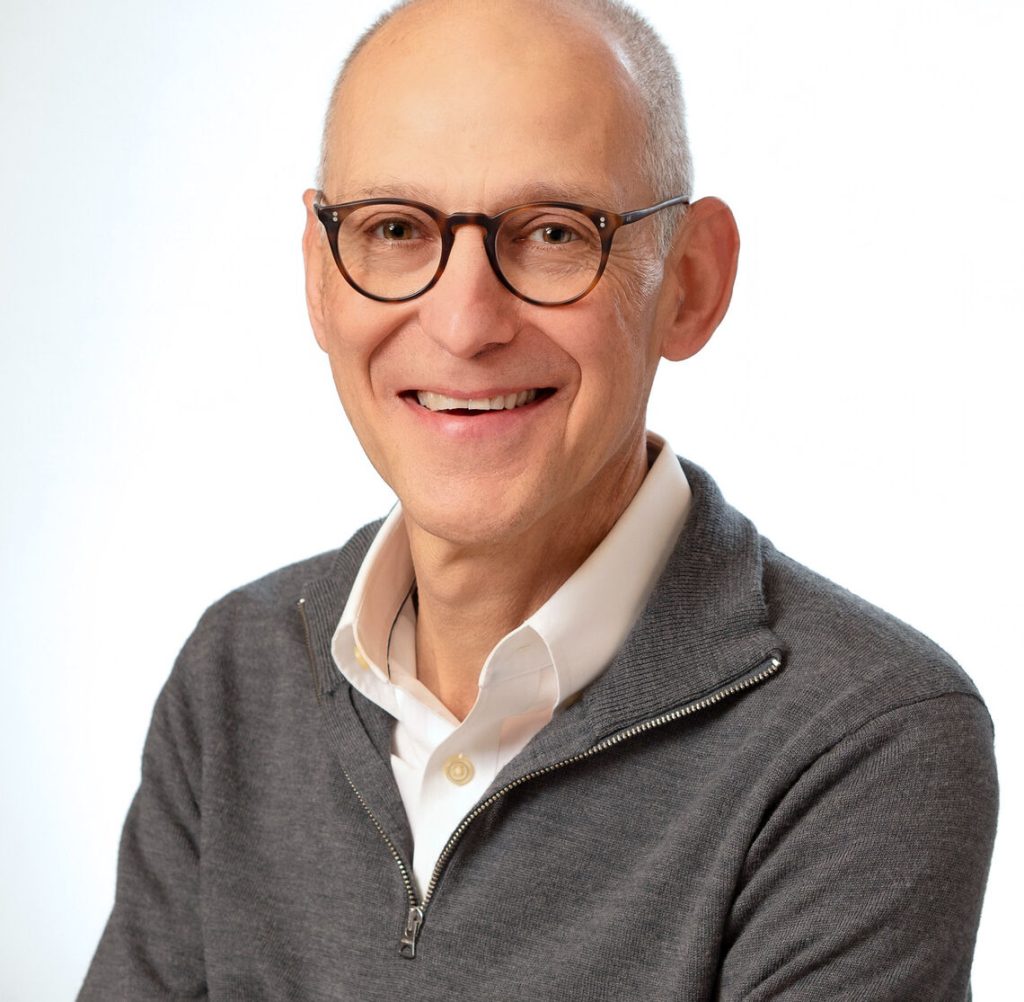Rural residents face as many obstacles if not more than their urban counterparts when it comes to health care, according to speakers at a recent conference.
The Summit on the Future of Rural Health Care was presented by Sanford Health of Sioux Falls, South Dakota. Sanford serves 1 million patients and 220,000 health plan members across 250,000 square miles.
Sanford Health President and CEO Bill Gassen said 20% of the United States population lives in rural America and they deserve access to cutting edge care, too. But there are many challenges particularly as it pertains to growing and developing a workforce.
“We’ll have to continue to think differently about how we do our work,” Gassen said.
Two years ago, Sanford Health received a $350 million philanthropic gift to create a virtual care center to provide accessible care in rural and underserved areas of the Midwest.
Complications and complexities, particularly during the COVID-19 pandemic, continue to impact rural health care, speakers said. A greater understanding of mental health needs to be a part of patient care.
Dr. Ezekiel Emanuel, a nationally recognized expert on health care from the University of Pennsylvania, said rural communities need to embrace technology and integrate it if it is feasible. Technology can reduce paperwork, which everyone agrees is the right approach, he said as colleagues believe “medical care is the mission and not the paperwork.”
Innovation is a strategy to control costs. Overhead costs in some cases can represent a fourth of medical costs. “No one should say that is OK.”

Health care systems play an important part in a rural community’s well-being and must work hand-in-hand with other economic drivers, Emanuel said. Increasing connections and fostering relationships works.
Emanuel said cost-effective health care starts with a long-term strategy and must have buy-in from the community and workforce.
With more revenue generated from out-patient services it means rural communities will rely more on telecare, video and virtual experiences.
Artificial intelligence will not take the place of what caregivers provide Emanuel stressed.
“People trust people,” he said. “What makes people miserable is endless change.”
Emanuel said many health care experts note long-term problematic diseases that are associated with unfavorable levels of hypertension and diabetes. He was also concerned about high infant mortality rates. Addressing those challenges can help rural communities to improve the long-term health of rural residents.
Mark Parkinson, president and CEO of the American Health Care Association and National Center for Assisted Living and a former Kansas governor, spoke about shortages of nurses at all levels and support staff in many nursing homes and that is even more pronounced in rural areas.
About 600 nursing homes closed in the U.S. in the past three years, Parkinson said, and they closed at double the rate in rural areas. There are about 15,000 nursing homes in operation.
Before the pandemic there were about 1.5 million to 1.6 million workers to serve the skilled nursing facilities in the country, he said. An estimated 250,000 workers left the industry.
Rural areas felt the impact more, he said. While other parts of the medical industry have seen employees return, that has not happened in skilled nursing care facilities.
Nursing homes are facing an ominous mandate by the Biden administration with a proposal by the Centers for Medicare and Medicaid Services that among them would require facilities to have a registered nurse onsite 24 hours a day, seven days a week, he said. Even with a staggered approach and possible
hardship exemptions, Parkinson said it is an unworkable rule for most rural communities.
“The workers are not out there,” he said.
A more restrictive mandate only makes it worse on nursing homes and he feared more closures and rural communities would be harmed the most.
Those concerns have been voiced to the administration and Congress, he said.
Dave Bergmeier can be reached at 620-227-1822 or [email protected].




